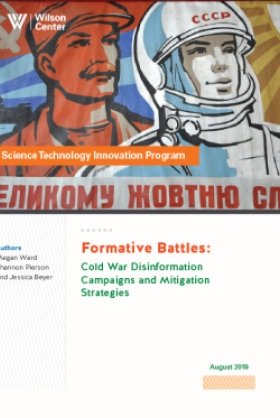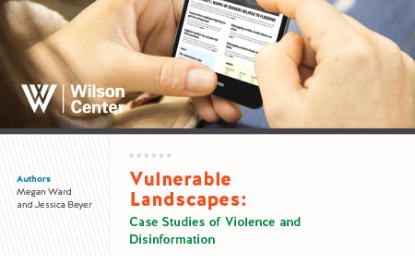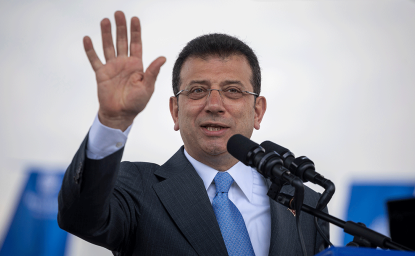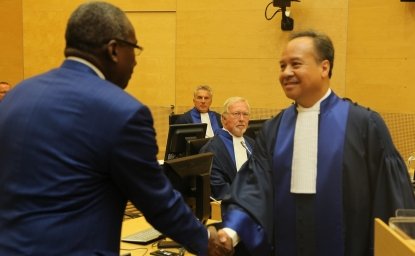Formative Battles: Cold War Disinformation Campaigns and Mitigation Strategies



During the Cold War, the U.S. and the Soviet Union refined covert methods of political intervention and conflict, making use of proxy wars, election interference, and disinformation campaigns to advance their respective interests. Work such as Dov H. Levin’s research tracking election interference (2016) illustrates that both superpowers used disinformation as a core tactic throughout the Cold War and the subsequent decade. Throughout the Cold War, the U.S. and USSR competed in an arms race of fictions, attempting to cultivate ideological support internationally and domestically.
In response, presented with sophisticated and widespread Soviet disinformation, the U.S. created a thengroundbreaking interagency organization called the Active Measures Working Group (AMWG). The AMWG operated using a “Report-Analyze-Publicize” strategy that prioritized overt disinformation and successfully challenged Soviet active measures in the 1980s (Bailey, 1998). At the international level, both the Non-Aligned Movement, with its focus on non-intervention in the internal affairs of other countries, and the United Nations’ General Assembly more generally attempted to address the issue.
Some have posited Cold War mitigation strategies could be used to combat the newest itineration of harmful propaganda and disinformation (Cull, et al, 2017; Neal, 2019; Selga & Rasmussen, 2017; Deeks, McCubbin, & Poplin, 2017), but while Cold War disinformation mitigation tactics may provide aspirational frameworks for modern efforts, they are largely inapplicable in a modern disinformation battlefield. The birth of the internet, the removal of centralized and shared information sources, and the increase in the number of actors involved in information dissemination creates a landscape substantially different in nature.
Formative Battles: Cold War... by The Wilson Center on Scribd
Authors


Science and Technology Innovation Program
The Science and Technology Innovation Program (STIP) serves as the bridge between technologists, policymakers, industry, and global stakeholders. Read more


Digital Futures Project
Less and less of life, war and business takes place offline. More and more, policy is transacted in a space poorly understood by traditional legal and political authorities. The Digital Futures Project is a map to constraints and opportunities generated by the innovations around the corner - a resource for policymakers navigating a world they didn’t build. Read more

Explore More
Browse Insights & Analysis
Vulnerable Landscapes: Case Studies of Violence and Disinformation

Imamoglu’s Arrest Sparks Nationwide Unrest and Raises Fears for Turkish Democracy

